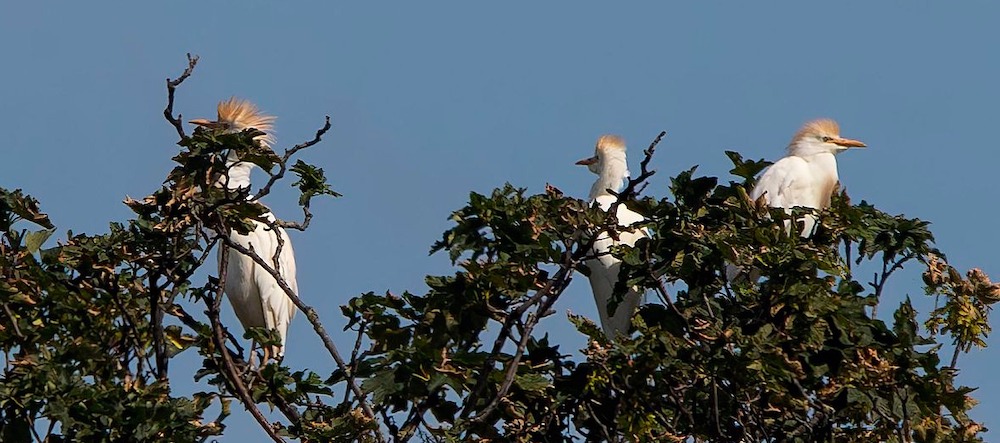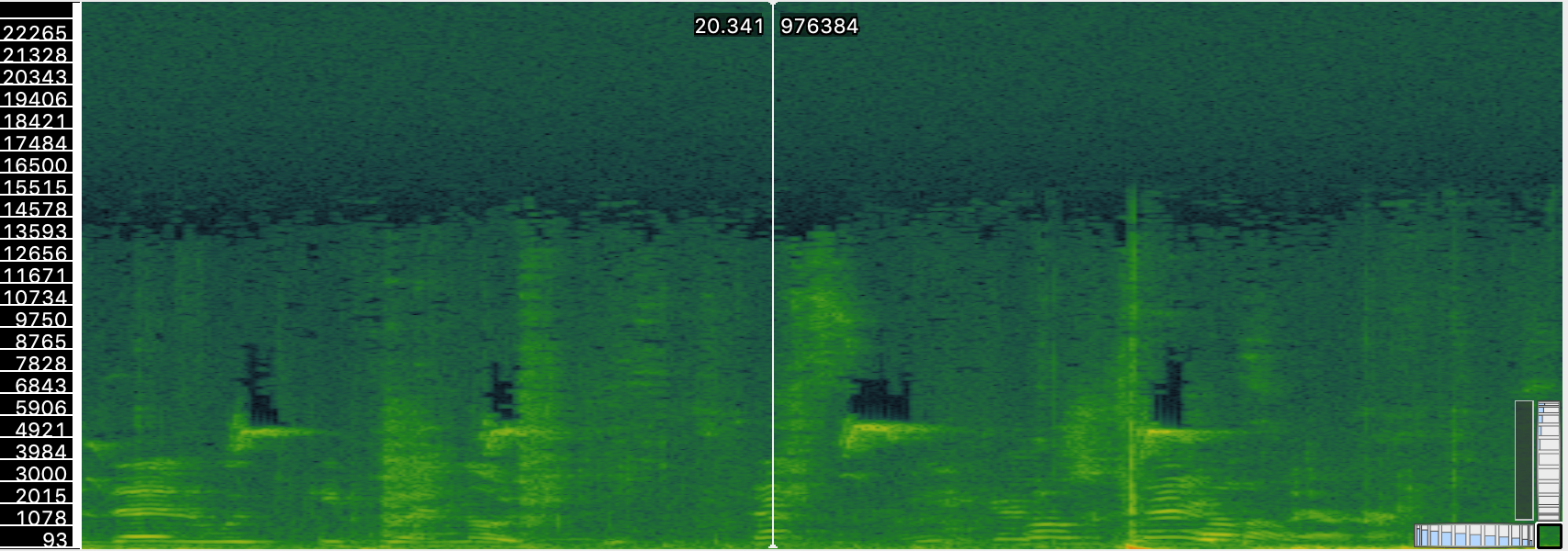61 Boring Birds: #42 Cattle Egret

Sometimes modern birdwatching feels like a big cheat. This morning I had a substantial lie-in, woke at 10.15 to frenzied activity on my phone — Pete had found four Cattle Egrets perched at the top of the trees on one of the cormorant colony islands, quite possibly the first time any have ever landed at the reserve. I raised myself from bed and within five minutes had dressed and cycled the short distance to where coppermill lan overlooks reservoir No.5. Over the fence I could see three of them adorning the bare, guano-stripped branches.
And just like that another bird added to my patch and year lists.
A big cheat.
By the time I’d made it round to the other side of the lake (pausing en route to try to rediscover a mystery wader one of the volunteers had seen), they had gone, so I suppose I can be allowed to feel a little bit of satisfaction and merit at the speed of my turning out of bed. But all the same, it was a little too easy, and lacked the thrill of the hunt.
Which is a shame, as cattle egrets are great birds. They are the same species seen in documentaries from the Serengeti, perched on elephant and buffalo shoulders, both transport and commuter comically indifferent to their situation. One of three species of egret to gradually expand their range north through Europe — the little and the great white being the others — cattle egrets are getting commoner in the UK, and are starting to breed in a few isolated spots, the first of which was Burton Mere, a stone’s throw from my home town, and where I saw my first about five years ago.
Their little and great white cousins follow the egret template of “thin white duke” heron to the letter, but cattle egrets are the not-quite-black sheep of the family. Stockier, with thicker necks and hunched shoulders, their winter whites are transformed with plumes of yellow on the chest and forehead during the breeding season. They are, in short, how Studio Gibli would draw an egret should their next animated fable call for one. The ones that passed through today were apparently in this resplendent, yellow dusted outfit today, though I didn’t get close enough to really appreciate the effot they’d put into it.
And then I spent most of the afternoon in the woods at Gilbert’s Slade, on the edge of Epping Forest, hoping for a glimpse of a nuthatch or treecreeper. The trees were incredibly quiet, with barely a peep out of any creature. Eventually I heard a nuthatch briefly twoit-twoit-ing, and might have heard the treecreeper’s irritating high-pitched sree, but at this time of year, when every young bird from the Atlas Mountains north is primed to make a variety of high-pitched whines, it can be difficult to tell.
To round off what has been a slightly odd weekend, on my way home I saw and heard a chiffchaff that sounded like a different chaffinch call to the one they normally sound like; a tchink not a hweet. I have no idea if any birdwatchers read this blog, but they will appreciate how weird that is.
Like I say… it’s been an odd weekend.

🦅 First boring bird
Related boring birds: Nuthatch, Treecreeper, Chiffchaff
🦚 All boring birds
Yaffle